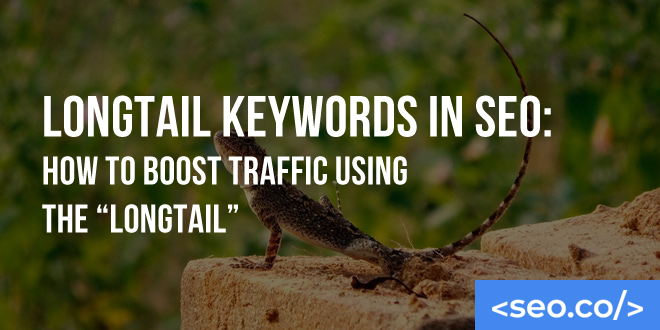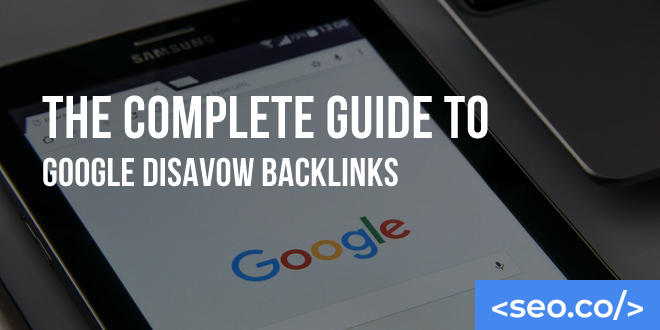
SEO Content Consolidation: Grow Your Authority Through SEO Lensing
You’ve got a list of articles, blog posts, whitepapers, and other pieces of content that simply aren’t working for you. You have several options: Maintain the poor content status quo Update your existing content by beefing it up, republishing it and even changing URL slugs (with 301 redirects) Delete the content and redirect multiple URLs to better-performing, but similar pages Combine and consolidate Through the process of SEO lensing, otherwise known as content consolidation, you can take all the best elements of those articles and recombine them in a complete and much higher-quality form. This is highly beneficial because it preserves some of the content you spent so long creating, while also maximizing the potential of your strategy. The term “SEO lensing” comes from the effect of a magnifying glass or similar lens. If you hold a magnifying glass in such a way that it captures sunlight and focuses it onto a single point, an otherwise benign collection of sunbeams can instantly become powerful enough to burn a hole through most materials, or start a fire from kindling. Similarly, if you take the unimpressive power of a menagerie of separate posts and focus them into an all-encompassing piece, you can ignite an otherwise lukewarm content strategy. There are a few main steps to this process. But first… A Note of Caution When you perform SEO lensing and consolidate your content, your organic traffic will invariably slide. Sometimes, your traffic and rankings will completely tank. You must be prepared for this type of black-swan scenario. But, when your content is poor and your users aren’t converting, sometimes amputation is necessary to get out the infection. It may take a year (or more) to see recovery. This same scenario is also likely if you are performing a website rebranding. My favorite example of this is the Nuts.com story. But, if you’re focused on quality and the long-term efficacy of your website, content consolidation can help to refocus users and search engines on the content that matters most to you, giving the right signals to SERPs regarding your content. Now, let’s discuss process… Identify Diffuse Content First, you’ll take the time to identify pieces of “diffuse” content. In many cases, these will just be the “bad” blog posts we identified from earlier; they aren’t generating enough traffic or aren’t detailed enough to stand on their own. However, there’s one additional element we need to consider—their topical focus. Generate a list of all the blog posts that have disappointed you in some way, and try to evaluate them in terms of their broader focus. For example, our SEO blog might have articles like “How to Correct Inaccurate Local Citations,” “How to Write Better Local Content for SEO,” and “How to Get Better Online Reviews for SEO” But these all relate to the broader topic, “local SEO.” You can establish topical connections and what constitutes a “broad” or “specific” topic at your own discretion. Then take a look at the rankings, web pages, traffic and impressions in Google Analytics and Google Search Console (GSC). The point here is to identify posts that, by themselves, are disappointing, but together or in a different form could serve an important user need. Discover Points of Overlap & Duplicate Content Topics Next, you’ll need to discover some points of overlap or even duplicate content issues. In other words, how do these diffuse, discrete pieces of content relate to each other? Are there opportunities to eliminate redundant sections? Are there ways to segue one article into another? Is there duplicate content that needs to be merged, deleted and 301 redirected? There are a few approaches you can take here, but the easiest is to group similarly-themed articles together in batches, and review them together. For example, you might have 10 posts that all have something to do with local SEO. Are some of them entirely redundant? Does one article seem to serve as a follow-up to another? Do you have an article that thoroughly covers a sub-topic that’s only mentioned in passing somewhere else? If after this step, you have some “islands” of content that don’t relate to any other posts, you’ll need to decide whether you want to update them or delete them entirely. Stitch Together Related Posts Let’s assume you now have a batch of posts with a similar topic, and you’re ready to stitch them together into a single, comprehensive post. How should you go about this? Define and solidify a core idea. First, you’ll want to define and outline your core idea. For example, let’s say you’ve found 10 posts related to learning how to play the guitar. You might come up with a title like “The Ultimate Guide to Guitar for Beginner’s,” or take a different angle like, “The X Most Important Lessons for Beginning Guitar Players.” Your most important considerations should be your target audience and your target keywords. With keyword research, you should be able to identify some valuable areas for optimization—keywords and phrases with high search volume, relevance to your target demographics, and relatively low competition. Use this as your basis, and consider what type of post would be most valuable to your readers and customers. Present content in a logical order. Once you have a core idea, you can start to organize your posts. There will likely be multiple logical options for you; for example, let’s say you’re instructing someone how to lose weight. Do you start with a section on the importance of physical exercise, or do you begin with nutrition? Do you lead in with an overview or start digging into the details? Generally speaking, it’s good to start with a brief, general premise, walk through detailed sections in order of increasing complexity, then summarize with a unique conclusion. Play around with different options, and see which one “feels” best. Eliminate or edit introductions and conclusions. If you’re linking your blog posts together in a single coherent narrative, you can probably get rid of (or at least edit)





